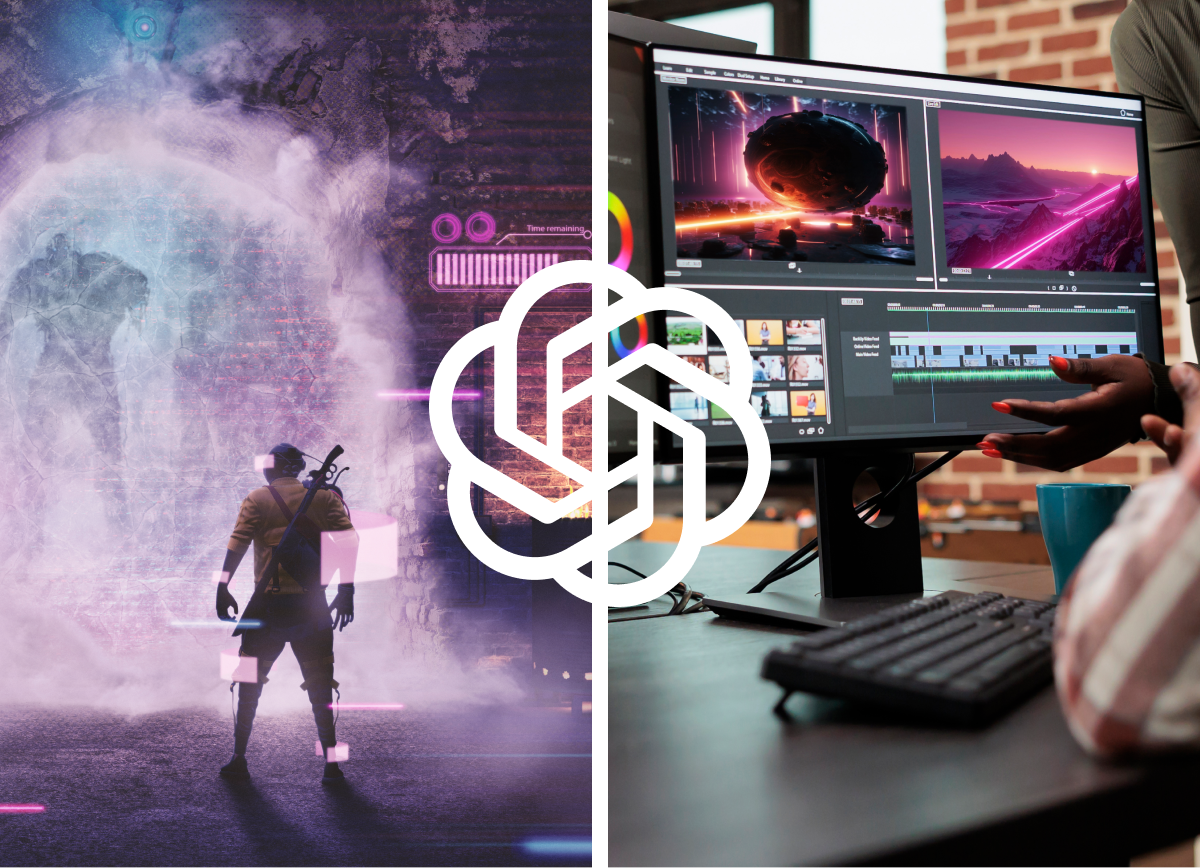
Businesses today are continuously moving toward a customer-oriented means of service delivery. As various markets are introduced (and as demographic factors increase), the mechanisms of product and service delivery are constantly evolving to address the needs of all types of users and customers. It is in this respect that the phenomenon of User Experience (UX) emerged and further grew to become one of the most fundamental aspects of service delivery in modern business infrastructure.
While UX has recently been thought of as interchangeable with user interfaces and their usability, it is important to note that UX is much more than that. If anything, UX encompasses both these aspects, adding many other fundamental features such as the functionality of a system, visual designs involved in information relay, functional specifications, and the delivery of services that cater to the user’s specific needs.
So What is UX Consulting?
UX is more than beautiful outlooks and fancy fonts; it covers all the key factors of service delivery that ensure both the growth and the retention of an organization’s customer base. This level of importance is why modern businesses need to consider UX consulting as part of their key business strategy. As a field of its own, UX consulting involves the analysis of not only how a system looks, but also how it works. It is a field of profession that analyzes how “functionally fit” software is for various clients and users.
What Benefits Stand Out in UX Consulting?
To understand why UX consulting is beneficial to a business, it is important to consider what roles a UX consultant plays in project development and deployment. UX consultant roles may vary depending on the organization, as well as the level of interaction that they are allowed with the ongoing or existing products. These are some of the general roles a UX consultant is expected to carry out:
- Opportunity Identification – UX consultants are tasked with finding the problem areas within a business. However, they are also at a good position to identify any opportunities to connect more with clients that the organization may not have spotted.
- Holding difficult questions – it is not unheard of for business executives and internal stakeholders to avoid or postpone difficult matters that they may not have the expertise to solve at the time. UX consultants can help in providing a new way of looking at these issues, thereby giving insights into new ways of formulating functional solutions.
- Looking at the big picture – UX consultants can be multi-disciplinary individuals who can look at the business more holistically compared to internal stakeholders. Therefore, they can be at a better position to identify how changes will affect other business modules, as well as identify the best ways possible to minimize or eliminate any adverse effects on business.
There are many benefits that an organization can garner from bringing on board a UX consultant to their project teams. Not only do they enhance the testing process of software, but they also ensure that issues that may have been hidden are revealed and addressed more openly. Below are some of the main factors why organizations should consider UX consulting.
Improved Customer Satisfaction
One of the immediate results that implementing UX consulting has to a business is an almost immediate improved customer satisfaction. A competent UX consultant will be keen on identifying the core of the business and fine-tune it to address specific user needs. By refining these core operational principles, they are able to create a user-defined experience, which guarantees higher customer satisfaction. Furthermore, they help to improve the level and quality of interaction between the client and the product or the interfaces which the users come into contact with. Customers are then able to see clearly how the service or product they are being offered addresses their needs, increasing the chances of purchase.
Increased Customer Loyalty
Seamless and enjoyable interaction with a product or service enhances customer satisfaction and translates to a higher chance of customer retention and loyalty. Naturally, customers will want to maintain a service that provides them with what they want, when they want it, and how they want it. Through a UX consultant, a business can ensure a constant improvement of services to ensure that they are up to date and that they address a user’s immediate and long term needs.
Improved Customer Focus
UX consulting helps to shed light on various aspects of users, including their needs, their perception of a product and/or service, and their expectation from these commodities. A lot of times, this data is usually available within the organization from past sales records and various after-sale services such as reviews and customer feedback. A UX consultant can enable a business to transform all this data into insightful information that a business can use to improve their product, the method of delivery, or the overall customer experience.
Strategy Improvement
Business strategies are originally focused on profit generation and continuity. Organizations are now realizing that the customer is the biggest asset to a business and that for an assured continuation of that business, they have to come first. UX consulting is essential to identify the areas where businesses concentrate more on business processes, and where this shift of attention affects the user’s experience when interacting with the organization’s services. The identification of these areas is essential for planning how to re-engineer business processes to focus more on their customers rather than simply on getting things done within the business vicinity.



